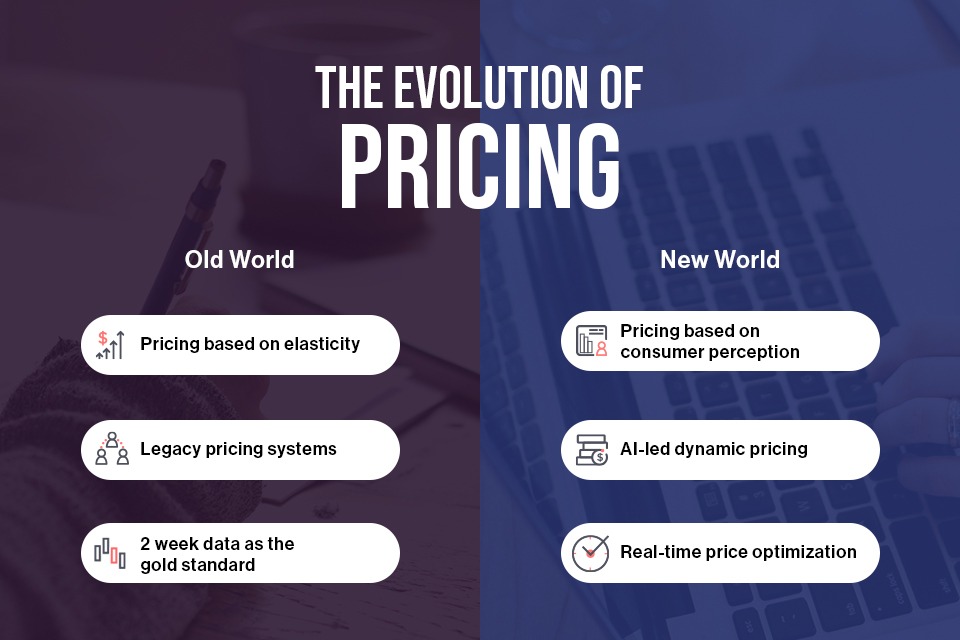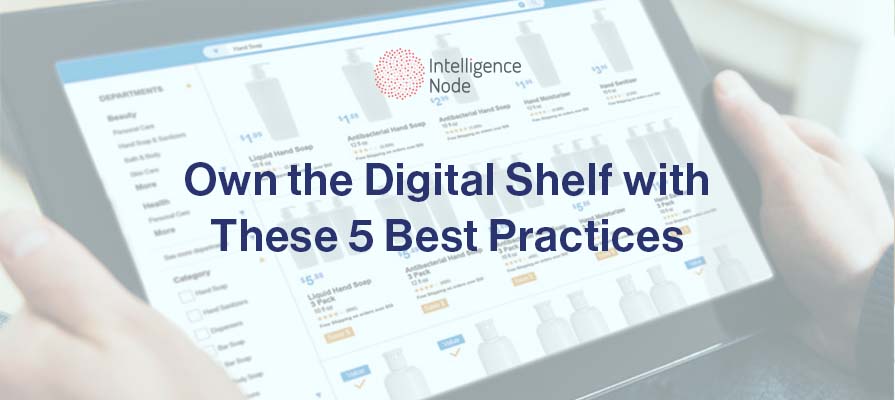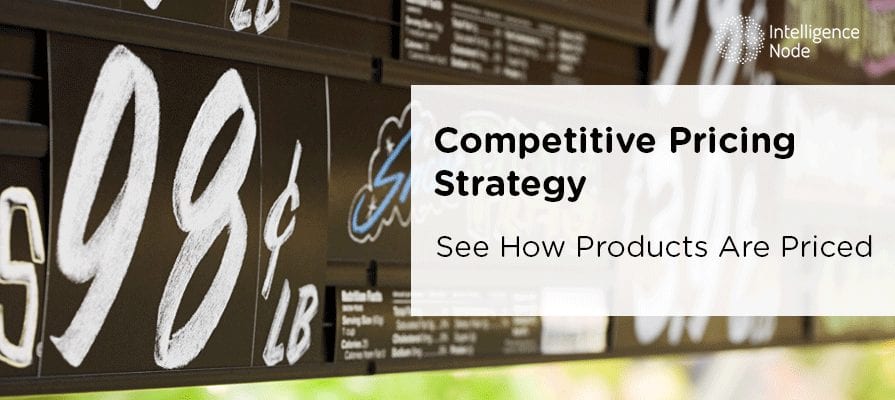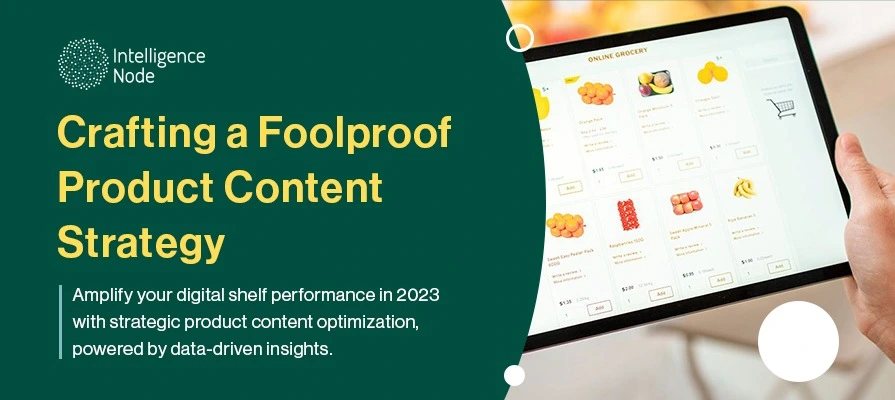Retail has changed staggeringly in the last decade. More so, with the pandemic disrupting normalcy and retailers having to adapt to a remote, digital-first approach to keep businesses afloat. This digital-first trend continues gaining momentum even today. In fact, from July to September 2022, US eCommerce sales hit almost $266 billion, the highest quarterly revenue in the history of retail. Technology and demanding consumers have further distanced retail from its old self and have brought about changes that seemed nearly impossible just a few years ago.
Almost every aspect of retail has changed – from traditional means of in-store shopping to today’s borderless eCommerce and social commerce-led shopping, from cash payments to cashless payments and EMIs, and from physical shelf space to online shelf visibility. While this list goes on, I want to draw your attention to three key factors that are heavily impacting retail today.
The Evolution of Pricing

Old World Pricing
Before eCommerce became mainstream, pricing was mostly based on the elasticity of price. Retailers analyzed how products performed when prices increased or decreased and how changing prices of one product impacted sales of its complementary products. This elasticity-based pricing also extended to how prices performed historically. It was uncomplicated and price changes were occasional – once a month or even once every few months. With legacy systems used to evaluate and extract pricing data, data as old as 2 weeks was the gold standard.
New World Pricing
All that changed as digital retail became more mainstream. eCommerce propagated borderless selling with retailers no longer restricted by geography. This gave consumers more options to choose from as they started using the internet to browse products, compare prices, and make informed pricing decisions – leading to pricing being increasingly influenced by consumer perception and market movements.
The 2-week gold standard is redundant today as price changes have become fast, more dynamic, often changing every few minutes. One key example of dynamic pricing is Amazon. Amazon’s pricing engines crawl the prices of millions of products every few minutes and optimize and adjust prices in near real-time.
Historic pricing, too, is no longer as effective as it once was. What brands and retailers face today, from the digitization caused by the pandemic to the supply chain issues and price wars, there is no historical data point that they can go back to. Retailers need data that is in the now to plan for the future – data that gives 360° visibility into the larger global market.

The Evolution of Assortment
Old World Assortments
Brick-and-mortar was the bread and butter of retail till a few years ago. This made visual merchandising a key aspect in assortment planning. Planograms to plan retail store layouts were popular tools in merchandising. They helped curate product placements and effective displays that attracted shoppers to the stores and increased conversions at point-of-sale locations. Assortments were primarily driven by replenishment cycles and historical data: an inward-out view. Economic conditions, consumer buying patterns, and supply chain challenges hardly featured in assortment planning and the overall approach was heavily internalized.

New World Assortments
The above assortment strategies became expendable as the world moved to digital commerce, making brick-and-mortar just one of the many arms of retail trade. Today, assortment decisions are largely influenced by consumer perception and shopper buying trends – making way for sustainable fashion collections, size-inclusive styles, and celebrity-influenced designs. Assortment cycles are led by consumer buying trends and market analytics, making them highly dynamic in nature and requiring AI/ML to capitalize on them – shifting the focus to an outward-in strategy for assortment optimization.
The Evolution of the Digital Shelf

Old World Digital Shelf
In the old world retail, shelf space was primarily physical where big brands paid to get their products placed on prime real-estate across stores. Retail superiority depended primarily on who could pay for this shelf space and whose products would feature at the most prominent places on the shelf and across most locations. This behavior was then reflected on the digital shelf, where only the top-selling and most popular items made it online based on the assumption that online and offline consumers shopped in the same manner.
New World Digital Shelf
Unlike physical shelves, today’s digital shelf is an endless aisle with unlimited merchandise flowing in from thousands of players across the globe. It is easy then to get lost in the noise. Even if you are a top brand with a big shelf presence, you would still make only about 5% of the digital shelf for that category and might not even appear at the top of the search results. Additionally, sort algorithms catalog products in real-time based on multiple factors like price, availability, ratings, product descriptions, and images, making it difficult to dominate the digital shelf without constant monitoring. While brands need to look at the global picture, they cannot ignore the hyperlocal trends that are dominant in particular regions. Such sophisticated, real-time dynamics with hundreds of variables demand more than just money to get resolved.
The new world of the digital shelf demands access to data on all the digital buying signals of shoppers. Data that is accurate, real-time, and tells you where the shoppers are, what they are searching for, what options are available to them under the category, and how they navigate their buying journey.
Looking Ahead – Data Will Define the Future of Retail
Retail has come a long way, adapting to changing consumer preferences, expanding retail markets and digital-first shopping platforms. Throughout the above sections, we have seen that the digital world of retail cannot function without data. It is a link that holds the new and old worlds of retail together while also ushering in the next retail era.
From pricing and assortment to digital shelf analytics, retail has quickly moved towards a global, borderless, channel-agnostic landscape, leaving brands and retailers to play catch up. But this new retail order has also given retailers access to massive amounts of accurate, real-time data and greater visibility into the competitive landscape. It is helping retailers build data-driven processes that align closely with consumer demands and market trends rather than making decisions based on intuition.
While retail businesses will need immense technologically driven artillery to keep up with the new-age retail, data will likely be at the pinnacle of these advancements.
This article was first published on Forbes on Feb 2, 2023, and is authored by Intelligence Node CEO Sanjeev Sularia in his capacity as a member of the Forbes Tech Council.




